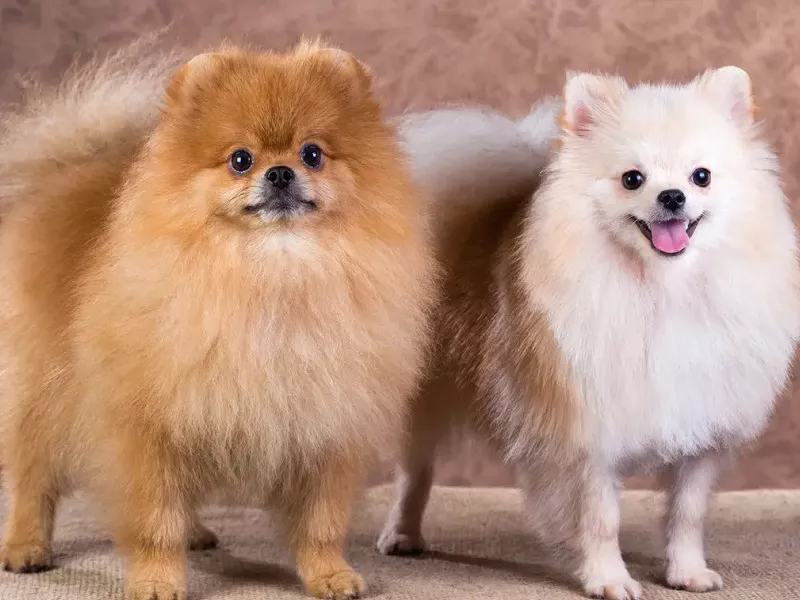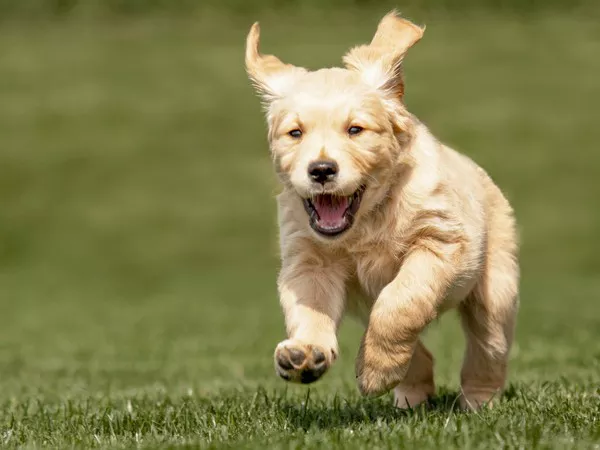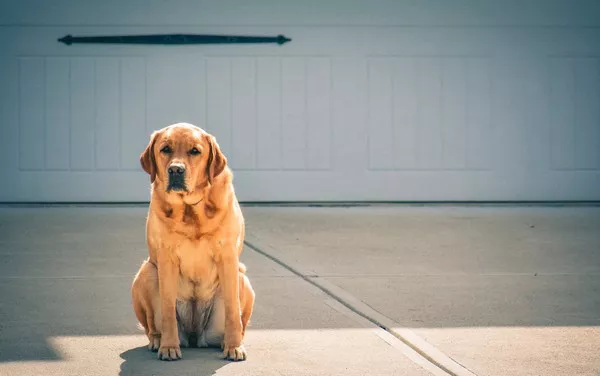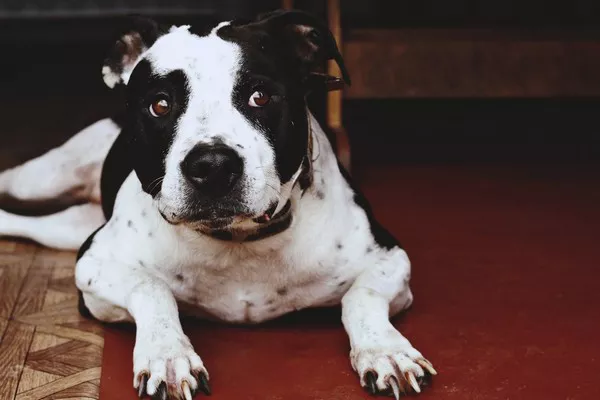Training a Pomeranian dog can be a fun and rewarding experience for both you and your furry friend. These small, energetic dogs are known for their lively personalities, but they can also be stubborn and difficult to train. However, with patience, consistency, and positive reinforcement, you can teach your Pomeranian to be well-behaved and obedient. Here are some tips on how to train a Pomeranian dog.
Starting Training
The earlier you start training your Pomeranian, the better. Early training is essential for Pomeranian puppies to develop good behavior and habits. This helps them become more receptive to training as they grow up. If you have an older Pomeranian, don’t worry, they can still be trained. It may just take more time and patience.
When starting training, it’s important to introduce your Pomeranian to the concept of training. Start with simple commands such as “sit” or “stay.” Use a treat to entice them to follow the command and give praise when they do. This helps them associate training with positive experiences.
Socialization
Socialization is crucial for Pomeranians to help them develop good behavior and confidence around other dogs and people. Start socializing your Pomeranian as early as possible. Take them to different places, introduce them to new people, and let them interact with other dogs.
When socializing your Pomeranian, be patient and positive. Use treats to reinforce good behavior and avoid punishing them for being shy or nervous. Gradually increase their exposure to new experiences and give them plenty of praise and positive reinforcement.
House Training
House training is another essential part of Pomeranian training. Start by creating a designated area for your Pomeranian to go to the bathroom. Use a consistent command such as “go potty” to help them understand what is expected of them. Reward them with a treat when they go in the designated area.
When house training, be consistent and patient. Don’t punish your Pomeranian for accidents, as this can create fear and anxiety. Instead, reinforce good behavior with treats and praise.
Basic Commands
Teaching basic commands is essential for Pomeranian training. Start with simple commands such as “sit,” “stay,” and “come.” Use a treat to entice them to follow the command and give praise when they do.
When teaching basic commands, be consistent and patient. Use the same command every time and reinforce good behavior with treats and praise. Don’t get frustrated if your Pomeranian doesn’t understand right away. It may take time for them to learn.
Positive Reinforcement
Positive reinforcement is a key part of Pomeranian training. This involves rewarding good behavior with treats and praise. Positive reinforcement is more effective than punishment and helps create a positive association with training.
When using positive reinforcement, be consistent and patient. Use treats and praise to reinforce good behavior and avoid punishing your Pomeranian for bad behavior. Punishment can create fear and anxiety, which can make training more difficult.
Advanced Training
Once your Pomeranian has mastered basic commands, you can move on to advanced training. This includes teaching them more complex commands such as “heel” and “roll over.” Use the same techniques as basic training, but be patient and consistent.
When teaching advanced commands, break the command down into smaller steps. Use treats and praise to reinforce good behavior and gradually increase the difficulty of the command.
Establishing Boundaries
Establishing boundaries is important for Pomeranian training. This includes setting limits on what your Pomeranian can and cannot do. For example, not allowing them on the furniture or not letting them beg for food at the table.
When setting boundaries, be consistent and firm. Use positive reinforcement to reinforce good behavior and avoid punishing bad behavior. Pomeranian respond well to consistency and routine, so make sure everyone in the household is on the same page when it comes to setting and enforcing boundaries.
Making Training Fun
Training should be a positive experience for both you and your Pomeranian. To keep them engaged and interested, make training sessions fun and interactive.
Incorporate games and toys into your training sessions. For example, you can use a toy as a reward for completing a command or play hide and seek with treats. Use a happy tone of voice and offer lots of praise and affection to reinforce good behavior.
Common mistakes to avoid when making training fun include over-rewarding or under-rewarding your Pomeranian. Over-rewarding can lead to your Pomeranian becoming too reliant on treats, while under-rewarding can cause them to lose interest in training.
Being a Good Leader
Being a good leader to your Pomeranian is important for their training and overall well-being. This involves setting rules and boundaries, providing structure and routine, and being a positive role model.
To be a good leader, establish yourself as the pack leader. This means setting boundaries and enforcing rules consistently and fairly. Use positive reinforcement to encourage good behavior and avoid using punishment or negative reinforcement.
It’s also important to provide structure and routine in your Pomeranian’s daily life. This includes feeding and exercise schedules, consistent training sessions, and designated playtime.
Common mistakes to avoid when being a good leader include being inconsistent with rules and boundaries, using punishment instead of positive reinforcement, and not providing enough structure and routine.
In conclusion, training your Pomeranian can be a fun and rewarding experience for both you and your furry friend. By starting early, socializing them, using positive reinforcement, and establishing boundaries, you can raise a well-behaved and happy Pomeranian.
Remember to be patient, consistent, and firm in your training, and always make it a positive and enjoyable experience for your Pomeranian. With time and effort, your Pomeranian can learn a variety of commands and behaviors, and become a well-mannered and obedient companion.
Recommended reading: How to Train Your Pomeranian Puppy: Just 7 Steps


























